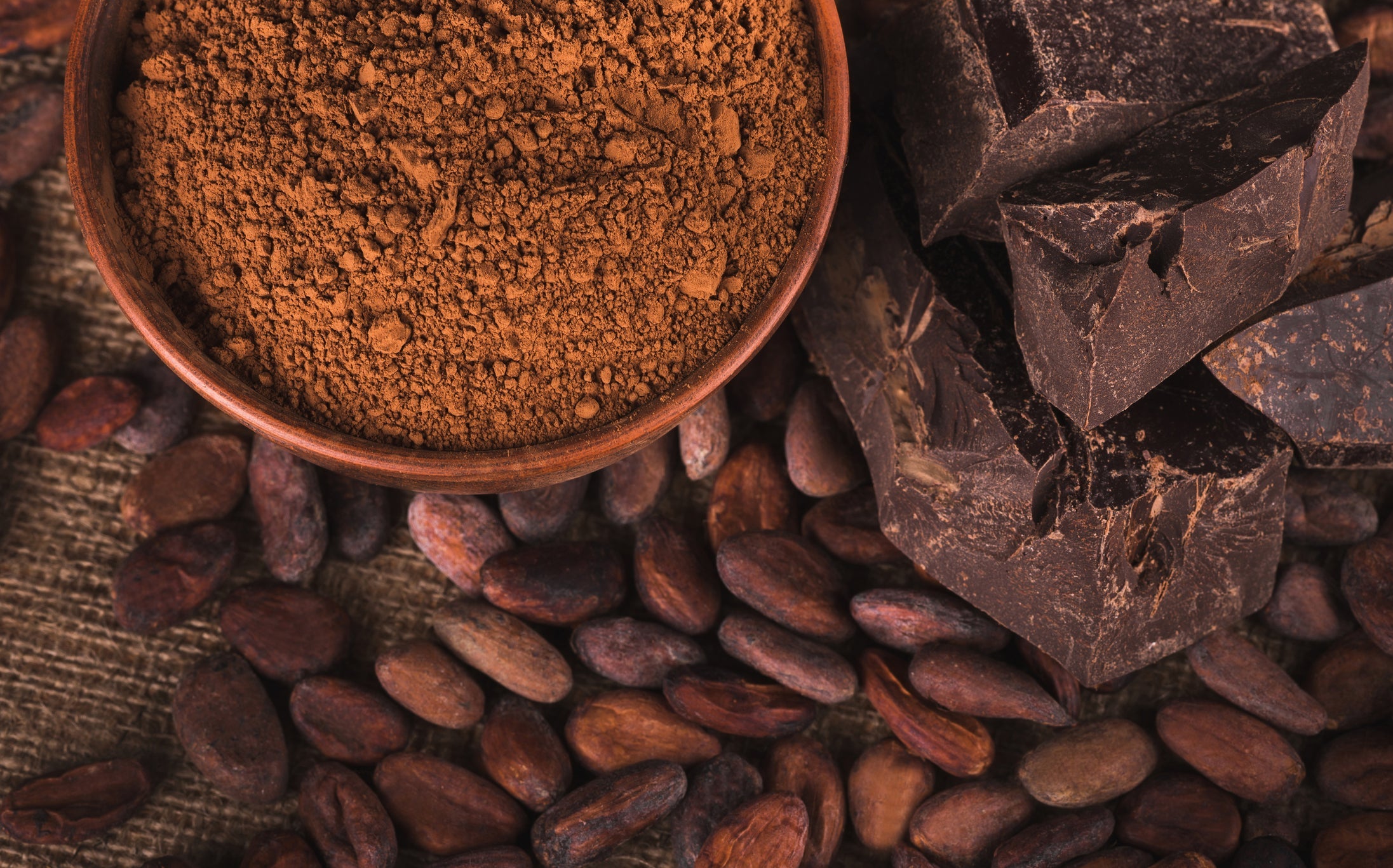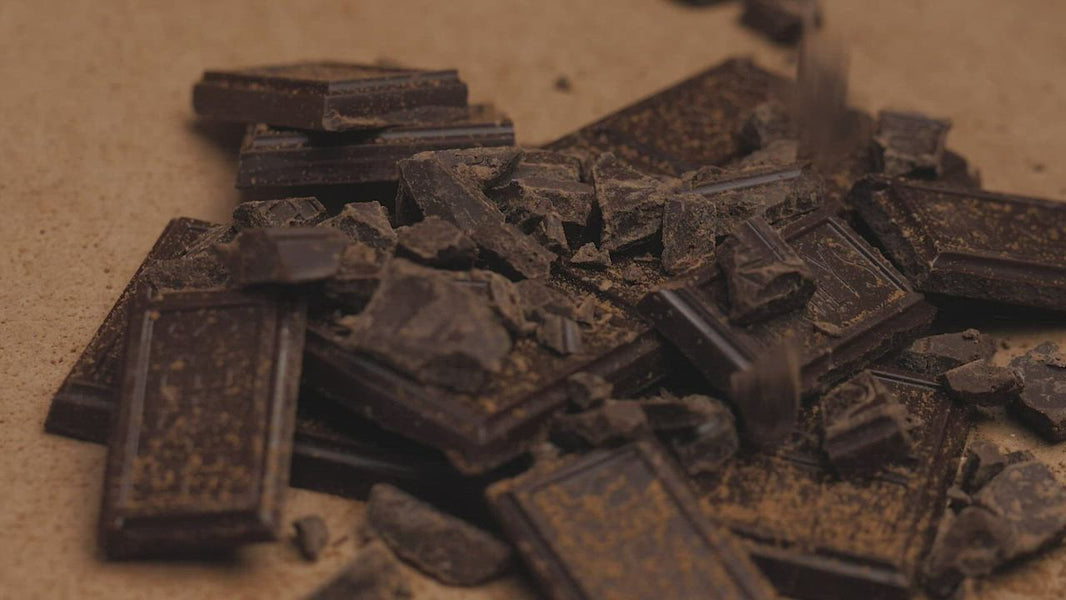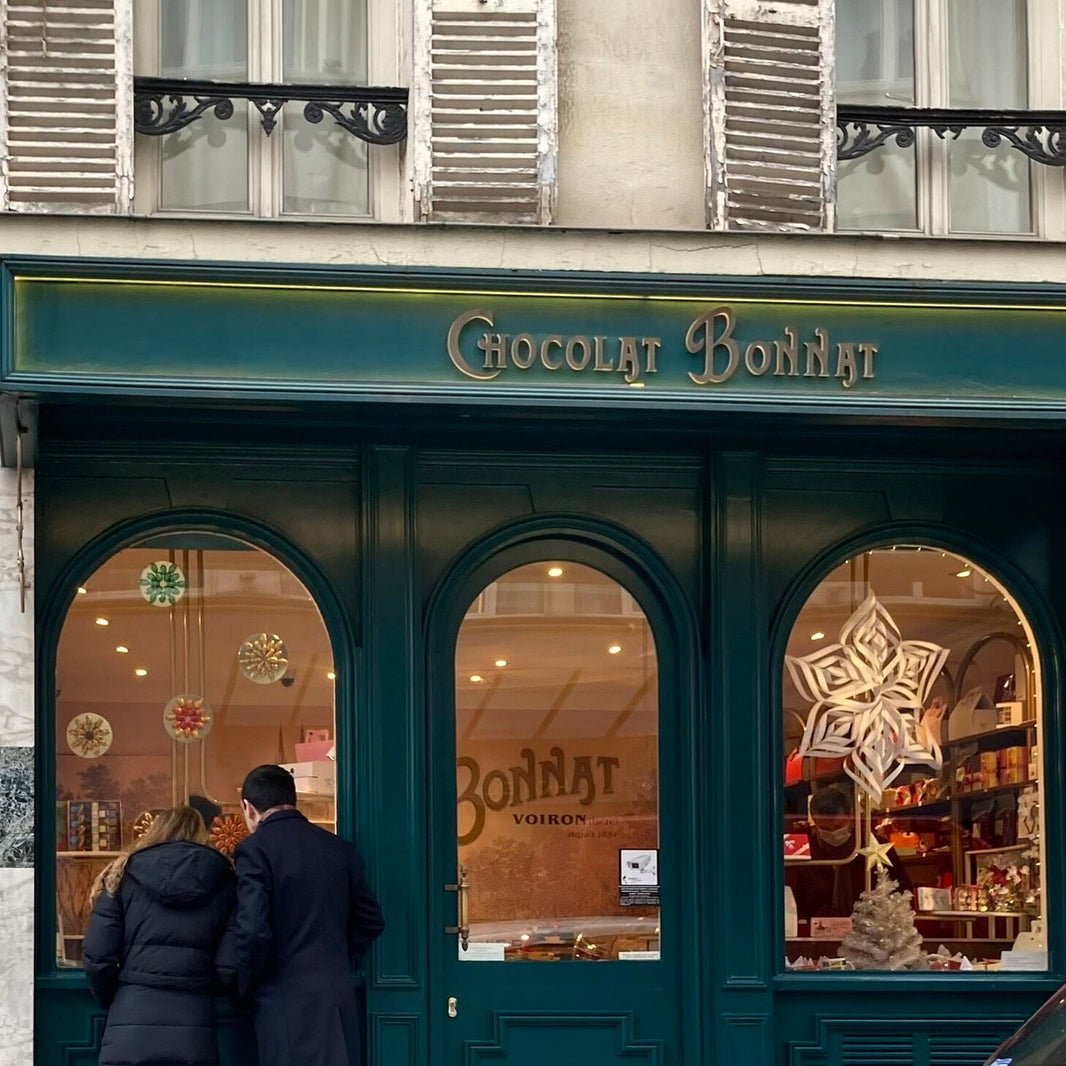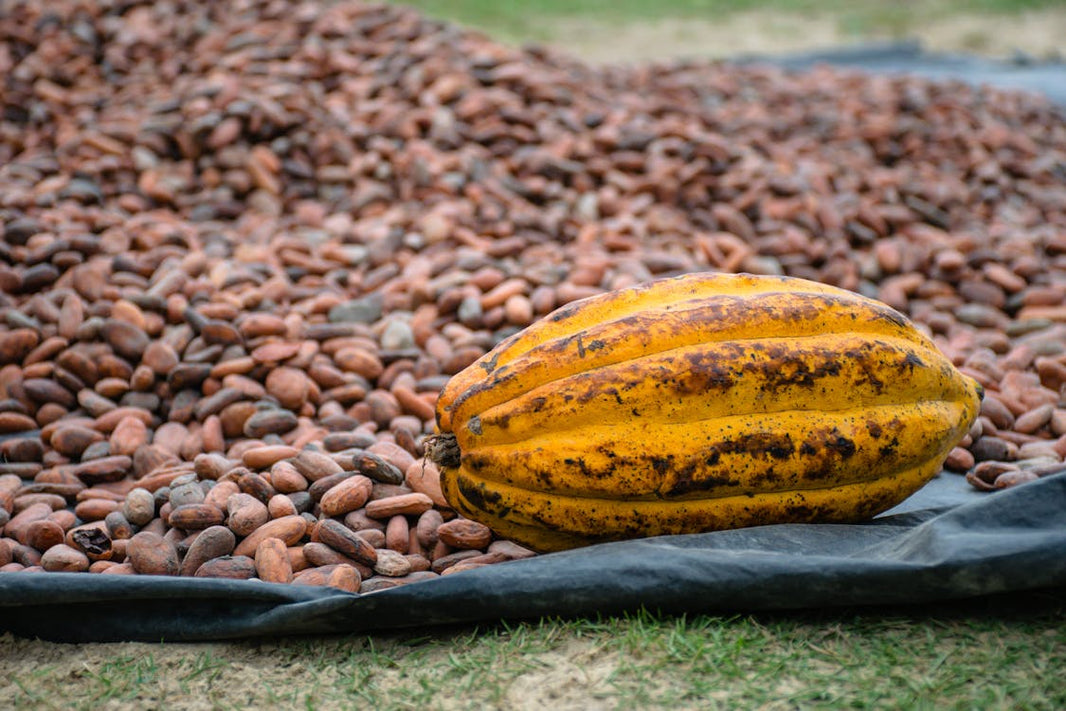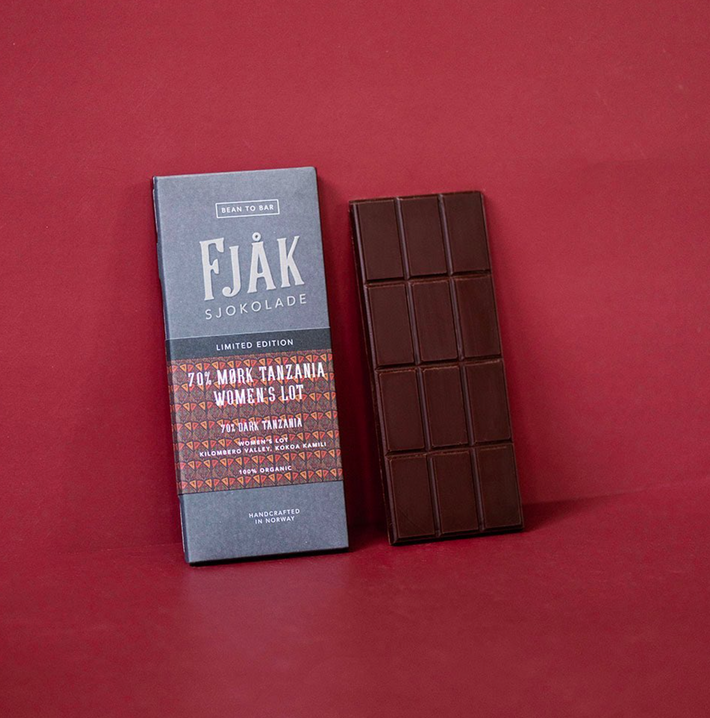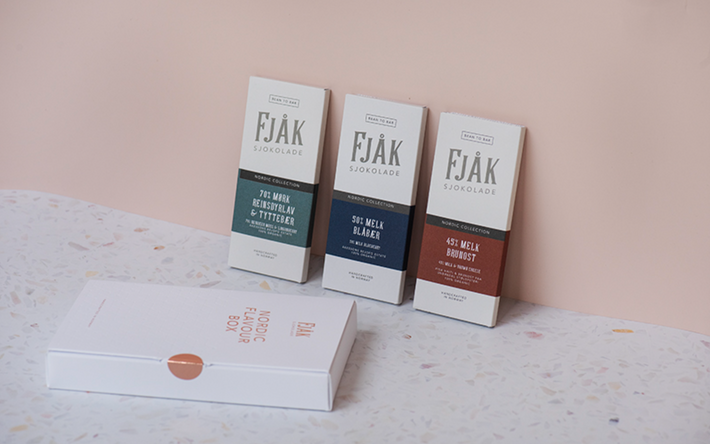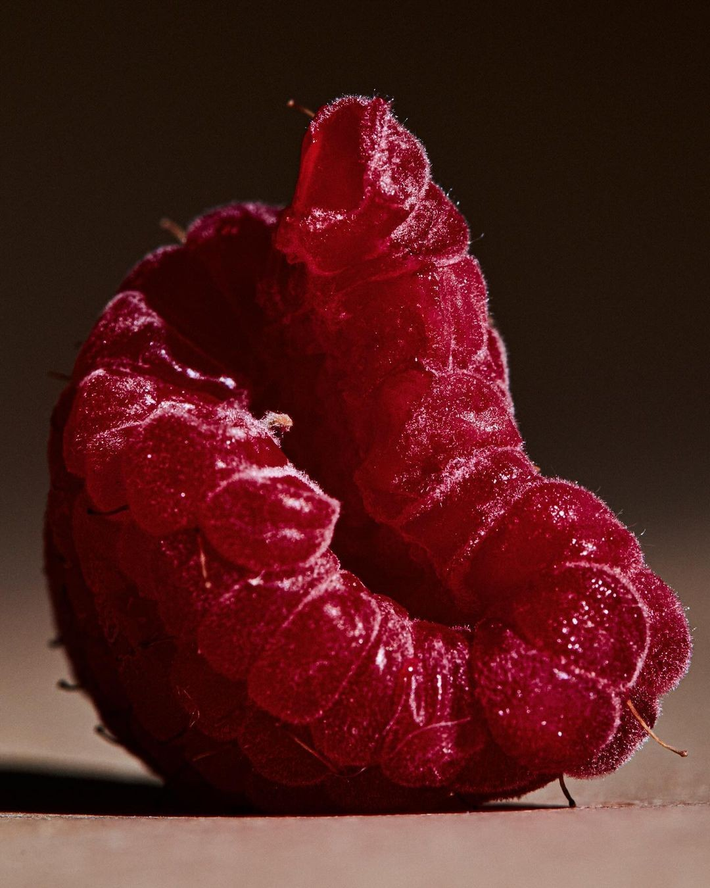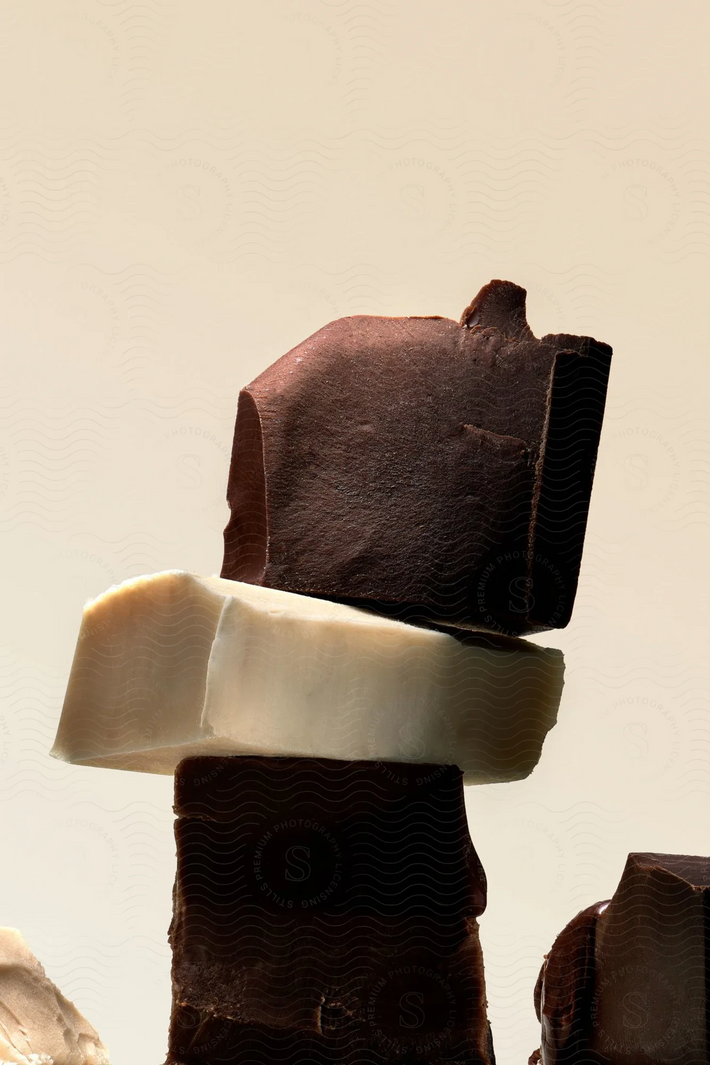Craft chocolate isn’t just a product — it’s a process. And unlike mass-market candy bars, bean-to-bar chocolate is made with intention at every step: from the trees where the cacao grows to the moment a finished bar is wrapped and shipped. When you hold a bar of real craft chocolate, you're holding the result of dozens of small, careful decisions — most of which you’ll never see, but all of which shape the flavor in your hand.
It all begins in the tropics, where cacao trees thrive under hot sun and high humidity. These trees produce colorful pods filled with seeds, or "beans," covered in a sweet, sticky pulp. Harvested by hand, the pods are split open and the fresh beans are scooped out. At this stage, the flavor we associate with chocolate doesn’t exist yet — it has to be developed through fermentation and drying.
Fermentation is where everything starts to change. The beans, still covered in pulp, are piled into wooden boxes or wrapped in banana leaves and left to ferment for several days. During this time, chemical reactions transform the beans’ structure and begin building the complex flavors that define fine chocolate. After fermentation, the beans are dried — usually under the sun — for about a week, allowing moisture to escape and flavors to settle. This part of the process may sound simple, but it’s critical. The best chocolate starts with farmers and cooperatives who know how to ferment and dry with precision.
Once dried, the beans are shipped to chocolate makers, often small-batch operations that handle everything from sourcing to packaging. The makers begin by sorting the beans, removing any broken pieces or foreign matter. Then comes roasting — a step that defines the chocolate’s final character. Lighter roasts preserve fruity, floral notes; darker roasts bring out richness and depth. Every maker has their own approach, but each roast is tailored to the origin of the beans and the flavor profile they want to highlight.
After roasting, the beans are cracked and winnowed to separate the nibs (the edible center) from the husk. The nibs are then ground into a thick paste called cocoa liquor, which is refined further in a process called conching. This is where texture, balance, and depth really come into focus. Some makers conch for 24 hours, others for 72 — depending on how smooth or expressive they want the chocolate to be.
When the chocolate reaches its ideal flavor and texture, it’s tempered — a delicate process of heating and cooling that stabilizes the cocoa butter crystals. This is what gives chocolate its glossy finish and satisfying snap. The liquid chocolate is poured into molds, cooled, and finally wrapped — often by hand.
The result? A bar that tastes like where it came from. A bar that reflects the maker’s decisions, the farmer’s work, and the origin of the cacao itself. That’s the difference with bean-to-bar chocolate: it's not just made — it's crafted, start to finish.
So the next time you unwrap a bar from Chocexchange, know this — you're not just tasting chocolate. You're tasting the full journey, from pod to bar.
